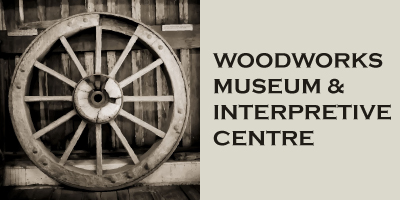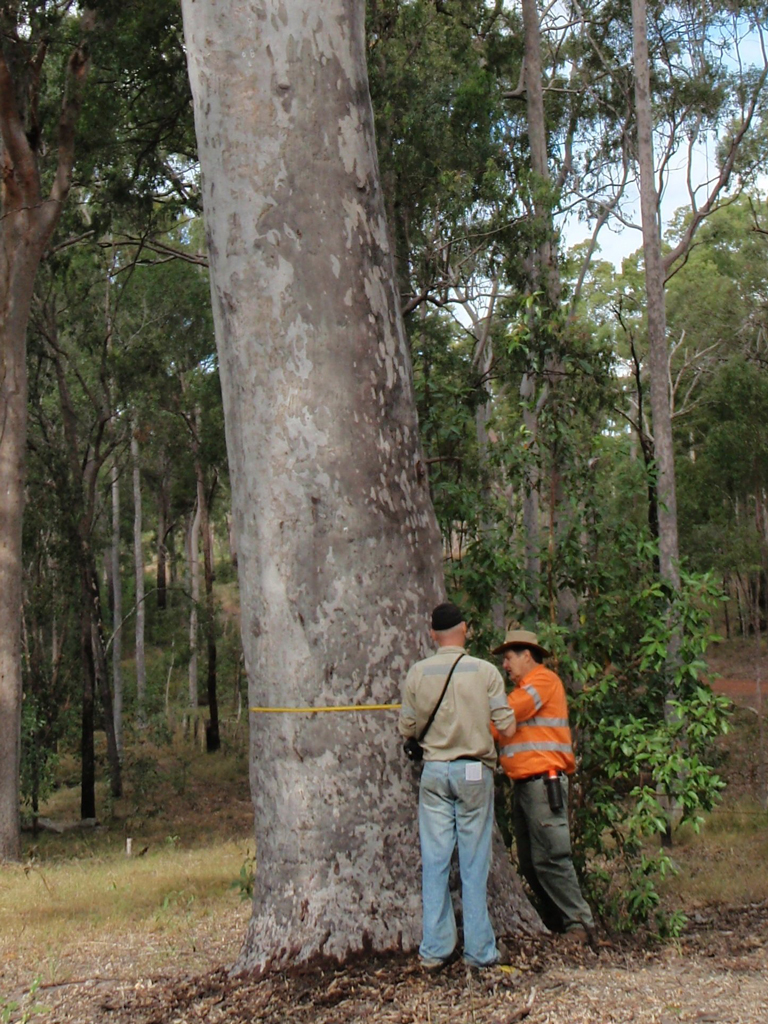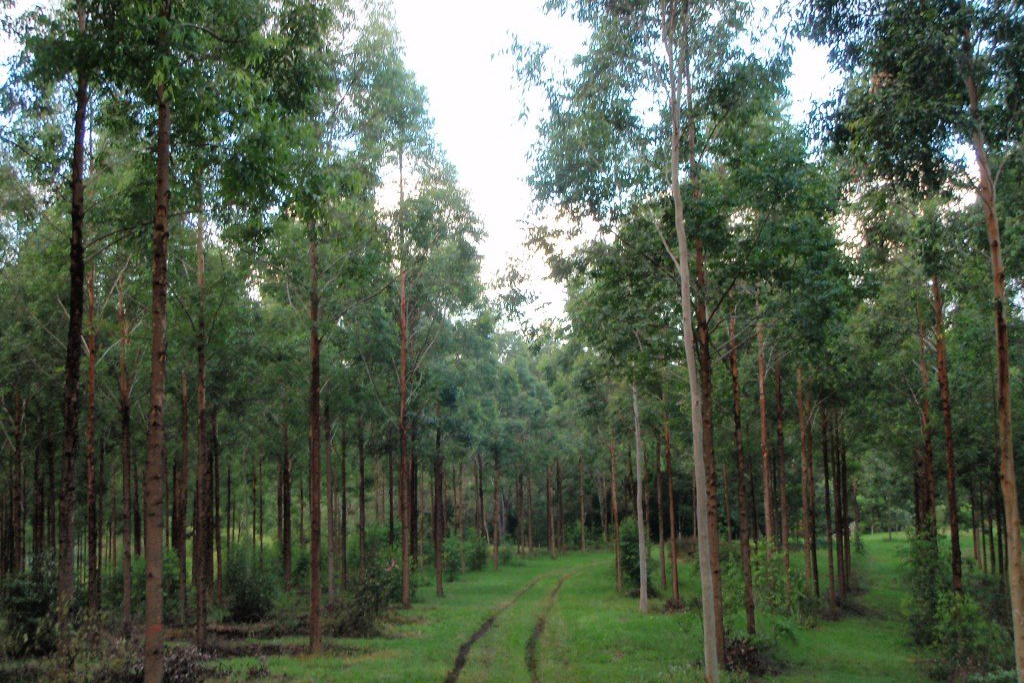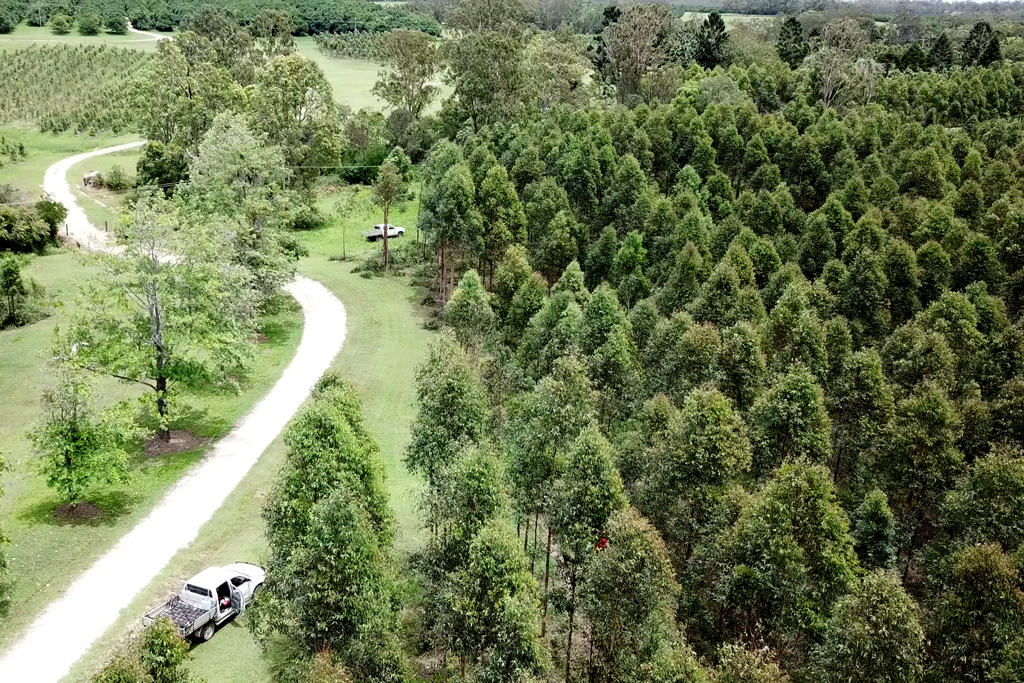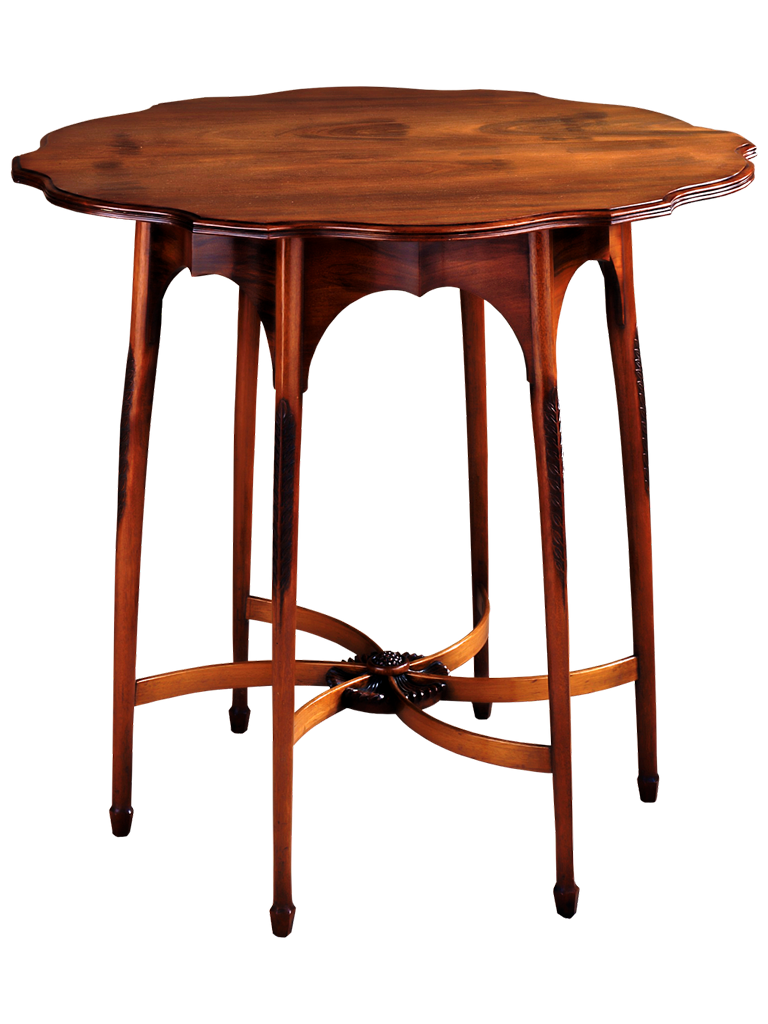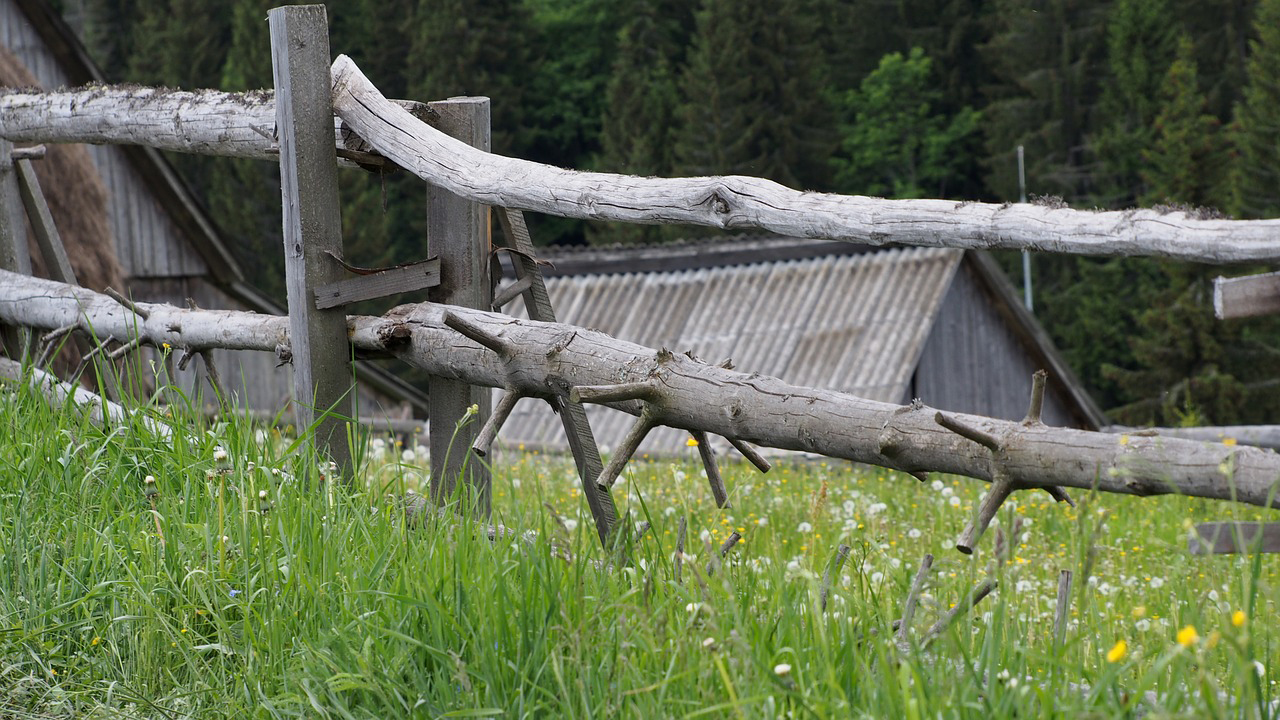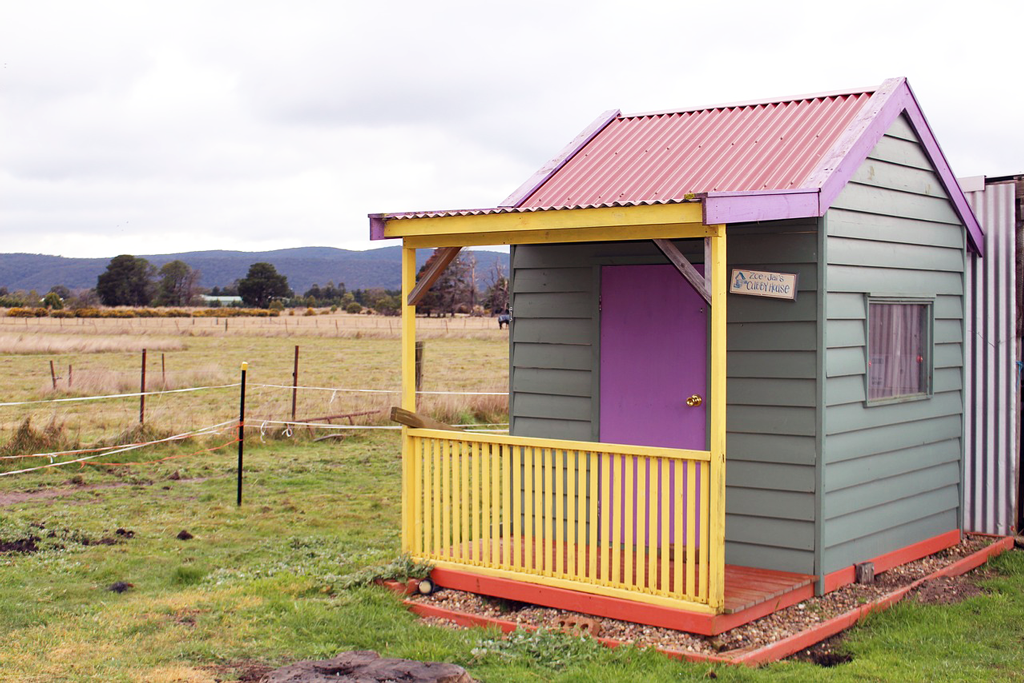INTERPRETIVE CENTRE
Managed by Private Forestry Services Queensland (PSFQ) and offering support for sustainable private forestry
AUSTRALIAN FORESTRY STANDARD CERTIFIED
NOT-FOR-PROFIT • INCORPORATED ASSOCIATION
Private Forestry Service Queensland (PFSQ) is an incorporated, ‘Not for Profit’ Association located in Gympie, Queensland’s largest and most diverse forestry region. We are recognised as an industry leader in private native forest management and hardwood plantation development.
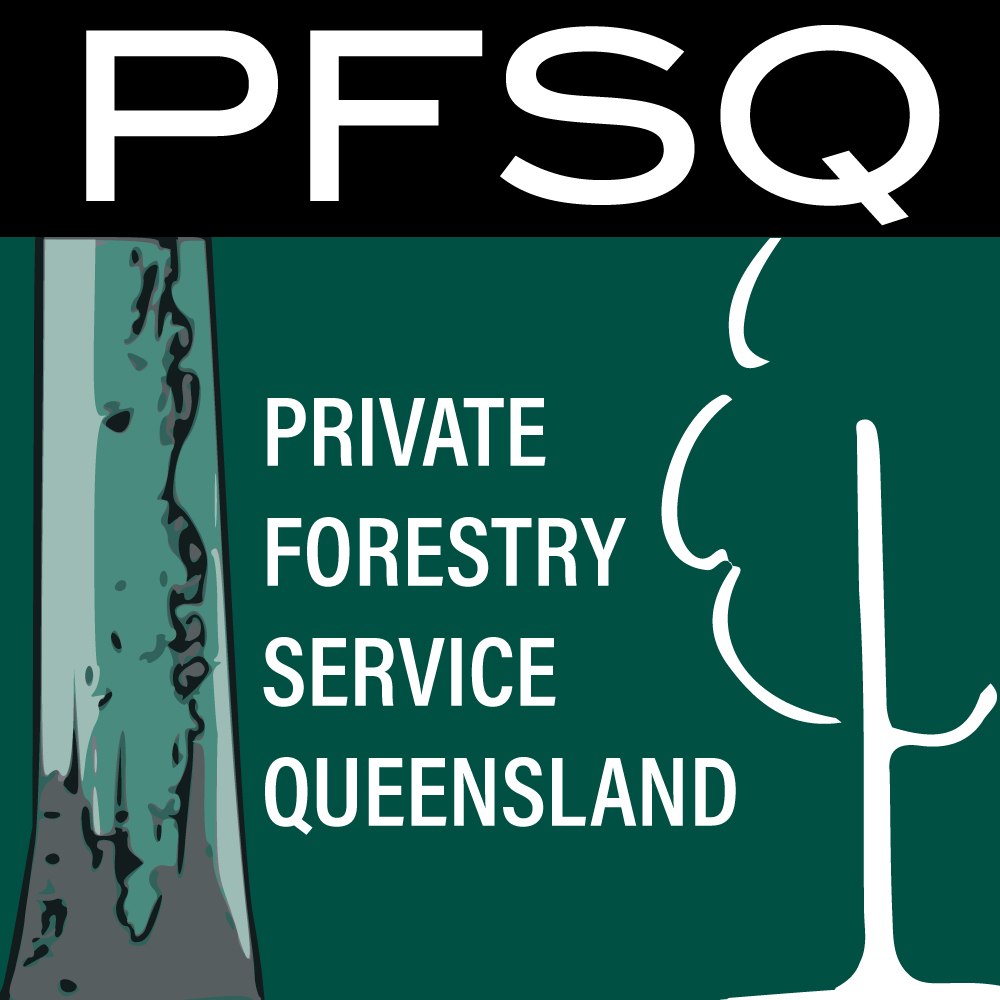
Different types of forests produce different products. Not all forests are capable of growing tall straight and durable trees for power poles. Tree species, soil depth and structure, climate and the aspect of the forest can all influence the types of forest products that the forest is able to produce.
Australian trees that are suited to making paper have a low density, for example Eucalyptus globulous (Blue gum). Queensland does not have a pulp and paper plantation industry because we do not have a large area of cheap land on which species like Eucalyptus globulous can be grown. The majority of marginal agricultural land in Queensland, that is suitable for eucalypt plantation supports native species such as Spotted gum (Corymbia citriodora subsp. variegata) and Narrow-leaved red ironbark (Eucalyptus crebra); these are dense and durable timbers adapted to low-rainfall and generally poor soils.
The Queensland forestry industry is large and diverse. While we don’t produce eucalypt pulp for paper production, we produce a broad range of sawn and solid-wood products from both plantations and native forest systems. Queensland is blessed with some of the hardest and most durable eucalypt species in Australia. These same species also have beautiful colour and grain, making them suitable for flooring and cabinet making.
Private Native Forests in Queensland are mostly all re-growth forests that have been cleared for agriculture and then left to re-grow when the soil and climate was no longer suitable for grazing or cropping. These forests have been harvested opportunistically, to supplement farming incomes in poor years. They have rarely been managed with thought for the future productivity and health of the forest. As a result, much of Queensland’s private native forest resource is overstocked and genetically degraded.
Native Forest Management is a term that represents a broad range of forest management systems. Each forest type has its own management needs. The goal of native forest management is to continually improve the health of the forest ecosystem, thereby increasing forest productivity and long-term sustainability of the landscape.
The PFSQ Team has been working for the past 20 years to improve the quality and viability of the private forest resource in Australia, and we continue to deliver sustainable forest management by:
- Undertaking activities that will contribute to the development, stability and prosperity of an ecologically sustainable regional forestry industry in Queensland with particular reference to private forestry;
- Establishing, developing and maintaining information channels, services and products which will meet the needs of the regional forestry industry;
- Influence legislative, planning and regulatory policy for the betterment of the regional forestry industry;
- Facilitating and participating in industry development and cohesion and the links with other industry sectors; and
- Through promotion, to encourage community, industry and government support for the regional economic, social and environmental benefits offered by forestry on private lands.
Forest
Products

Australian Aboriginals have a deep connection with forests; for tens of thousands of years forests they provided a fundamental source of food, medicine, materials for shelter, textiles for clothing and art, tools, utensils, canoes and adornments. Aboriginal forest management shaped the Australian landscape and was responsible for the first European impressions of this country in the late 1700s.
When Europeans settled Australia, they brought iron tools that allowed them to harvest and process different types of forest products. While they struggled with the hardness and weight of the eucalypt species, early pioneers soon discovered Red Cedar (also known as Red Gold by early pioneers). Unlike the incredibly hard eucalypts, red cedar was soft and easy to work. It quickly became one of the most important early colonial exports. The discovery and subsequent harvest of red cedar moved from the Hawksbury area in New South Wales, all the way up the eastern coast of Australia, paving the way for pioneer settlements, providing income and a useful building material with which to construct furniture and houses.
As harvesting techniques and tools became more sophisticated, the strong and durable eucalypts were able to be harvested and utilised. Fundamental infrastructure across Australia was built from these early forest products. Such as:
- Telegraph lines (timber poles to carry the wire) for communication
- Railway lines (timber sleepers to carry the steel) for transport of people and commodities
- Bridges to connect communities
- Houses, commercial buildings and factories
- Wharves to load and unload goods from ships
- Ships to transport people and goods across the world
- Firewood; timber was used to fuel steam-driven engines, heat houses etc
Without a reliable source of strong and durable timber, these major undertakings would not have been achievable, and the advancement of modern Australia society would have been impossible.
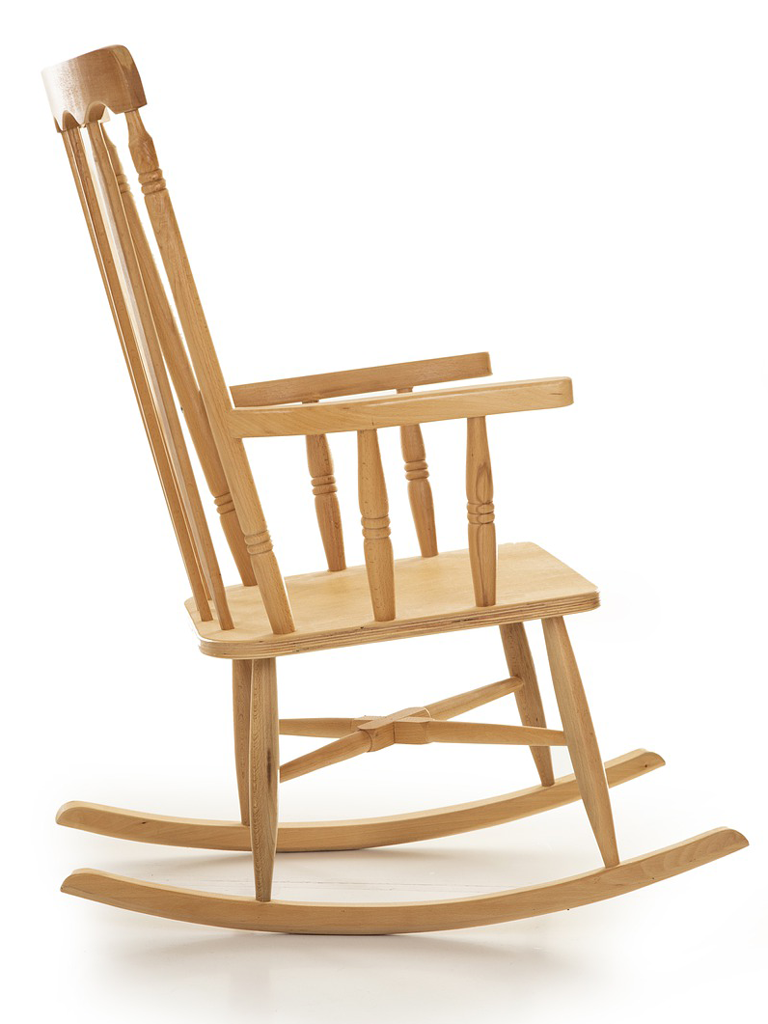
Today, forest products are absolutely everywhere, in your mailbox, your shopping trolley, your clothing, toothpaste and even in your ice cream. Below are just some of the many products we get from forests:
- Toilet paper, newspaper, magazines, office paper, business cards, brochures, books, posters, industrial packaging, cardboard
- Toothpicks, matches, chopsticks, pencils, clothes pegs
- Garden mulch, sleepers, potting mix, trellis, fences, cubby houses, outdoor furniture, gazebos, dog kennels, tomato stakes
- House frames, power poles, bridge girders, roof trusses, pilings, underground mines
- Split posts, stays, cattle yards
- Flooring, decking, wall lining, windows, doors, stairs, railings
- Chairs, tables, office furniture, cabinets, fruit bowls, kitchen utensils, cutting boards, beds, shelving
- Didgeridoos, boomerang, canoe, woven bags
- Medicinal herbs, fungi, edible fruits and nuts, cosmetics and hair-care products, soap, food, soft-drinks, steering wheels, baskets and jewellery
- Toys, pianos, clarinets, guitars, violins, chess sets, abacus, dolls house
The wonderful thing about all of these forest products is that they come from a renewable resource. This means that, unlike metals, fossil fuels, glass and concrete, the trees that produce these products can be managed in a way that helps them to grow again or they can be re-planted, ensuring an endless supply of renewable and sustainable timber.

WOODWORKS MUSEUM
8 FRASER ROAD, GYMPIE QLD 4570
07 5483 6535
Email: woodworkmuseum@pfsq.org.au
ENTRY FEES
$10 PER PERSON
CHILDREN UNDER 5 FREE
OPENING HOURS
MONDAY – FRIDAY: 10AM – 3PM
CLOSED SATURDAY & SUNDAY
CLOSED PUBLIC HOLIDAYS
CLOSED EASTER WEEKEND
